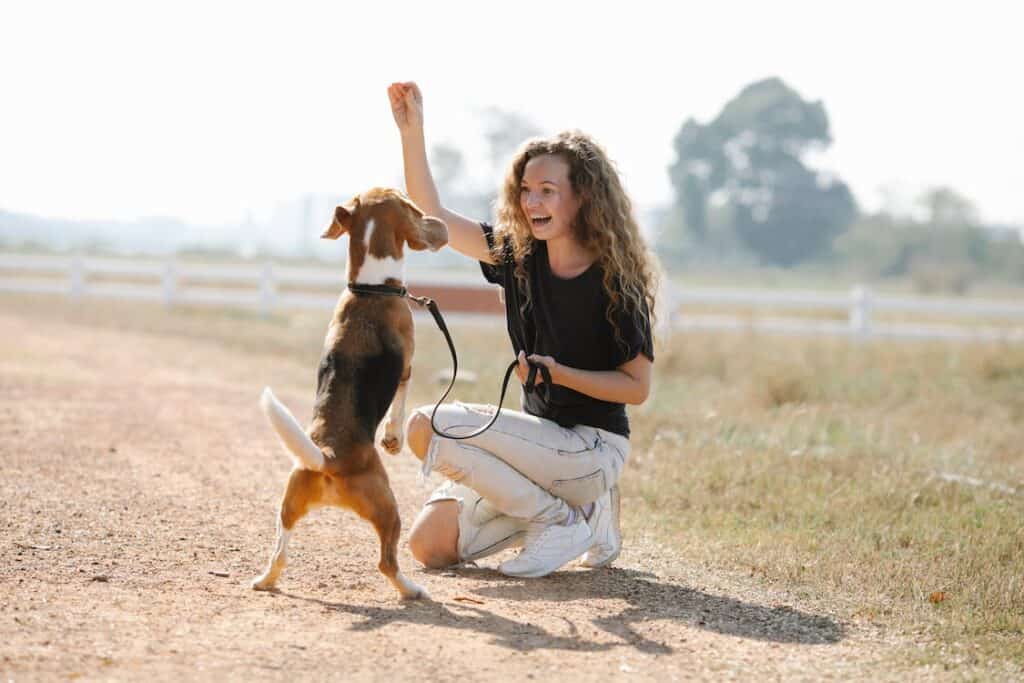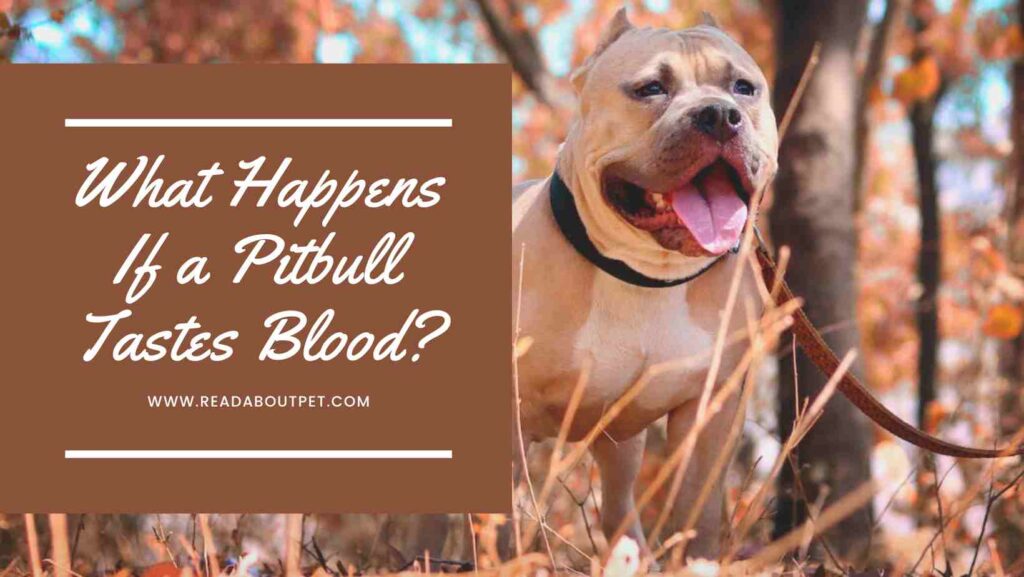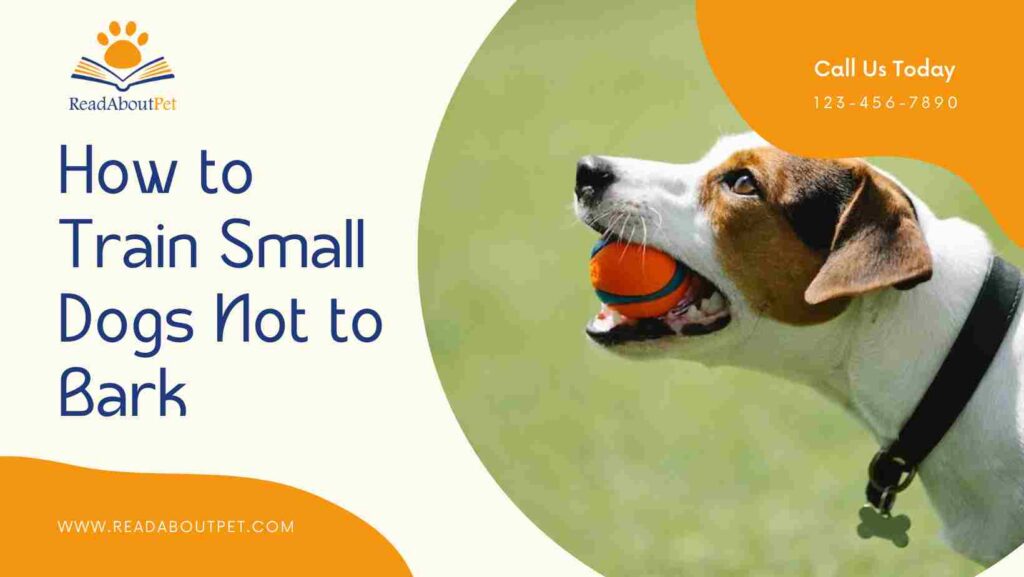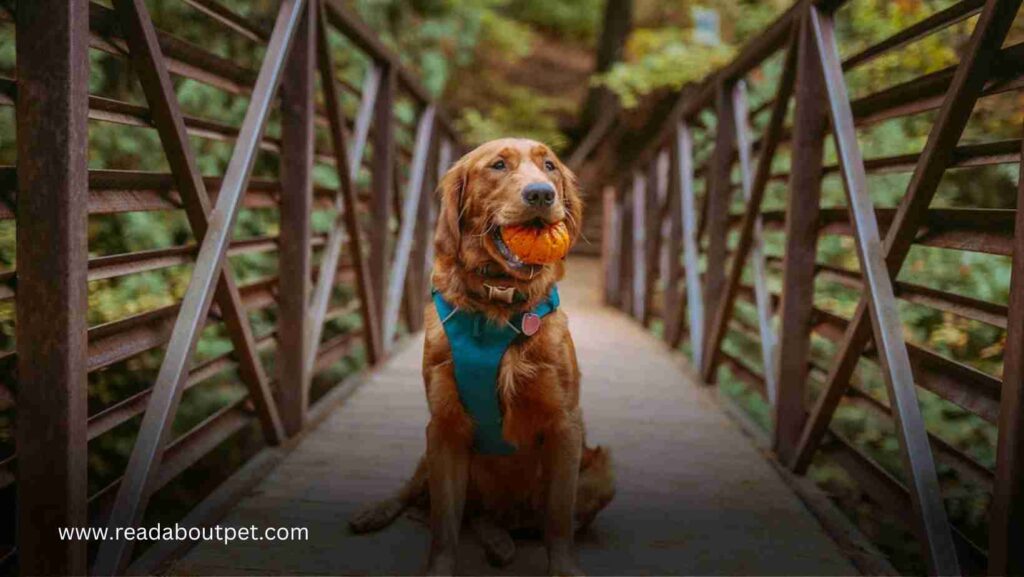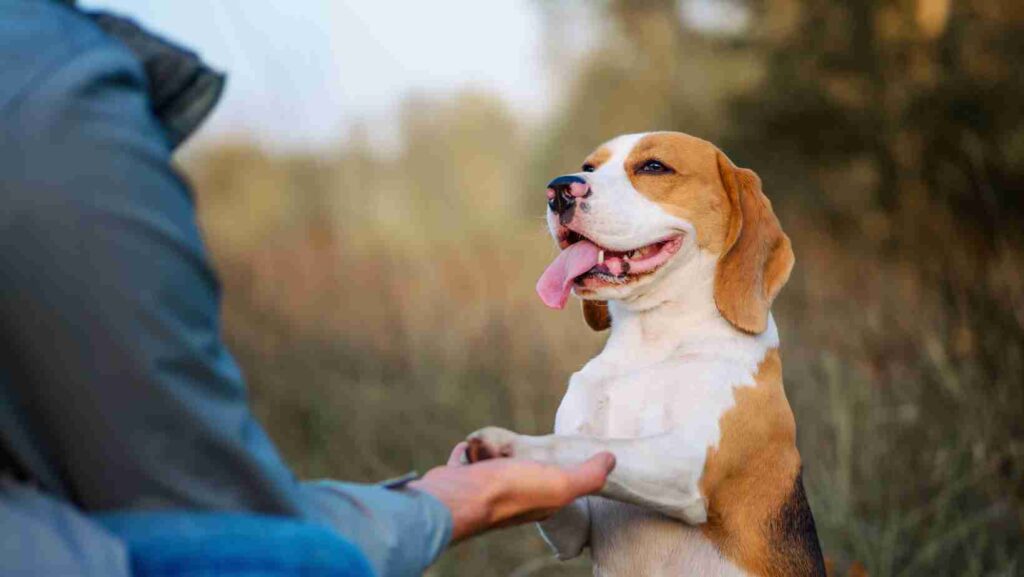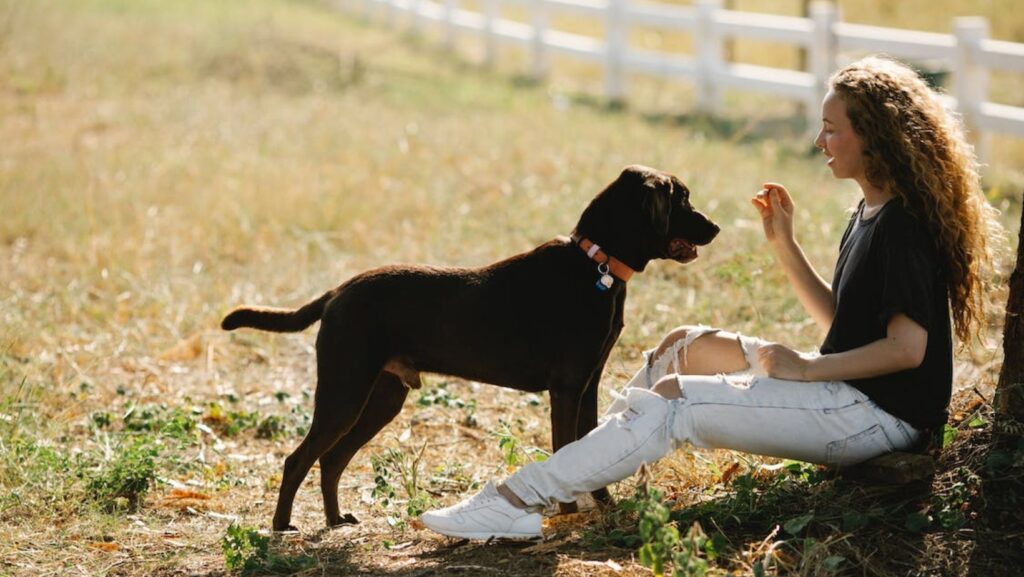Having a well-behaved dog is essential, especially when it comes to venturing out in public. Training your dog to behave properly in various settings can make outings enjoyable and stress-free. In this article, we will explore effective techniques and strategies to train your dog to behave in public, ensuring that both you and your furry friend have a positive experience.
- Understanding the Importance of Training Your Dog for Public Behavior
- Socializing Your Dog
- Basic Obedience Training
- Managing Distractions
- Loose Leash Walking
- Dealing with Problematic Behaviors
- Advanced Training Techniques
- Practicing in Real-Life Scenarios
- The Importance of Consistency and Patience
- Conclusion
Understanding the Importance of Training Your Dog for Public Behavior
Properly training your dog for public behavior is crucial for several reasons.
Firstly, it ensures the safety of your dog and those around you. A well-behaved dog is less likely to engage in aggressive behavior or cause disturbances in public places.
Additionally, training helps your dog feel more comfortable and confident in different environments, reducing anxiety and stress.
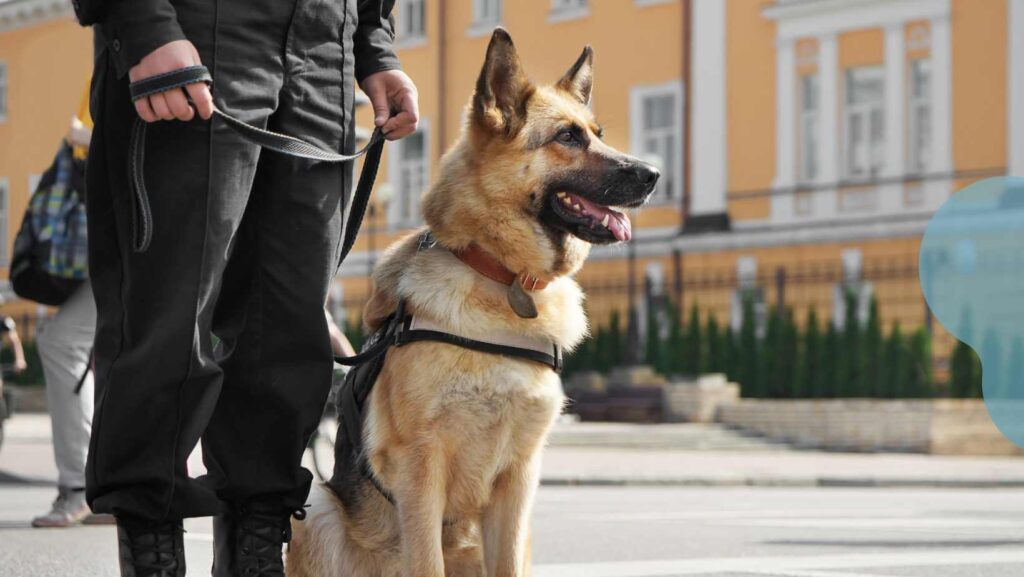
Socializing Your Dog
Socialization plays a vital role in training your dog to behave well in public. It involves exposing your dog to various environments, people, and animals in a controlled and positive manner.
To begin socializing your dog, start by gradually introducing them to different environments. Take them to parks, busy streets, and other public places, allowing them to become familiar with different sights, sounds, and smells.
Be patient and supportive, providing reassurance during this process.
Introducing your dog to other people and animals is equally important.
Arrange controlled meetings with friendly and well-behaved dogs, gradually increasing the complexity of interactions. Encourage positive associations through treats and praise, reinforcing good behavior.
Basic Obedience Training
Basic obedience training lays the foundation for your dog’s public behavior. Start with fundamental commands such as sit, stay, and recall.
Use positive reinforcement techniques to reward your dog for following commands correctly. Treats, verbal praise, and affectionate gestures can all be effective motivators. Consistency and repetition are key in reinforcing obedience and creating a strong bond between you and your dog.
Managing Distractions
Training your dog to handle distractions is essential for public behavior. Dogs can easily become overwhelmed by noise, movement, and unfamiliar surroundings. Gradually introducing distractions during training sessions can help your dog remain focused and calm in public.
Begin by desensitizing your dog to common noises and movements. Start with low-level sounds and gradually increase the volume or intensity. Similarly, expose your dog to controlled movement, such as bicycles or joggers, while rewarding them for maintaining composure.
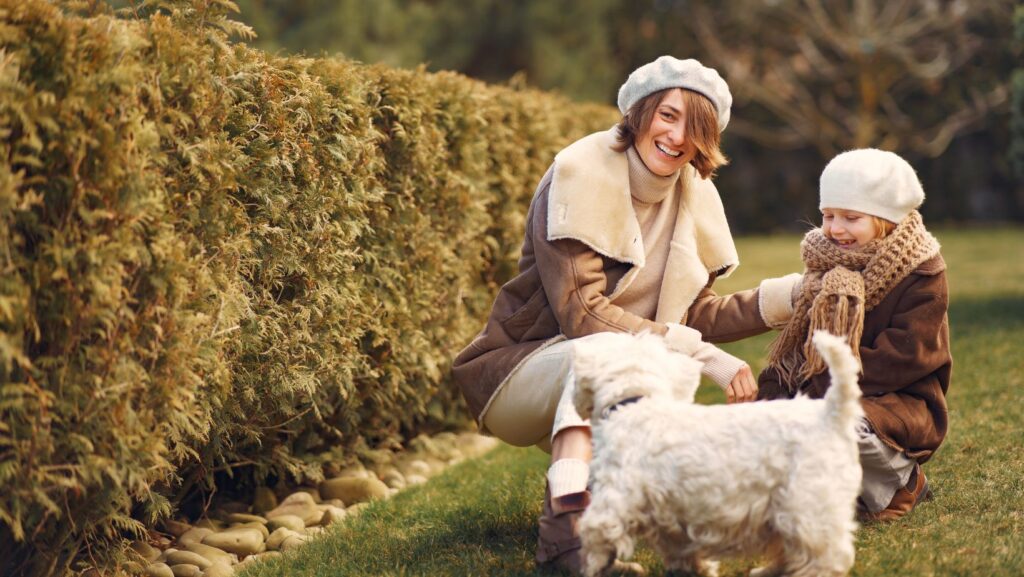
Loose Leash Walking
Teaching your dog to walk calmly on a leash is vital for public outings. A dog that pulls or lunges can create a stressful experience for both the owner and other pedestrians.
Start by using a sturdy and comfortable leash and collar or harness. Encourage your dog to walk beside you using reward-based techniques. Reward them with treats and praise for walking without pulling. Consistency and positive reinforcement will help your dog develop good leash manners.
Dealing with Problematic Behaviors
Sometimes, dogs may exhibit problematic behaviors like excessive barking, jumping, or pulling on the leash. These behaviors can make public outings challenging. It’s essential to address and correct them through appropriate training techniques.
Counter conditioning and redirection are effective methods for managing problematic behaviors. For example, if your dog tends to bark at strangers, redirect their attention to a toy or a treat and reward them for staying calm.
Consistency and patience are key to modifying these behaviors successfully.
Advanced Training Techniques
As your dog progresses in their public behavior training, you can introduce more advanced techniques. For instance, teach your dog to ignore food or treats offered by strangers, ensuring they don’t develop a habit of begging or accepting food from unknown sources.
You can also train your dog to stay calm during public interactions. Teach them to sit or lie down when approached by strangers and reward them for remaining composed. These advanced techniques will further enhance your dog’s public behavior.
Practicing in Real-Life Scenarios
Training in controlled environments is essential, but practicing in real-life scenarios is equally important. Take your dog to public places such as cafes, parks, and pet-friendly stores, gradually increasing the complexity of the situations.
Reinforce the training you’ve done at home and in controlled environments. Use positive reinforcement to reward your dog for exhibiting good behavior in real-life scenarios. With consistent practice, your dog will become more comfortable and well-behaved in public.
The Importance of Consistency and Patience
Train your dog to behave in public requires consistency and patience. It’s essential to set aside regular training sessions and follow a structured routine. Dogs thrive on consistency, and repeating exercises regularly will reinforce the desired behaviors.
Patience is key throughout the training process. Each dog learns at its own pace, and some may take longer to grasp certain commands or behaviors. Stay patient, provide positive reinforcement, and celebrate every small achievement along the way.
Conclusion
Train your dog to behave in public is an investment of time and effort that pays off in creating a well-mannered and confident companion. Through socialization, basic obedience training, managing distractions, and practicing in real-life scenarios, you can ensure your dog behaves appropriately in various public settings. Consistency, patience, and positive reinforcement are essential for successful training. Enjoy the journey of training your dog and cherish the rewarding experiences you’ll have together.

